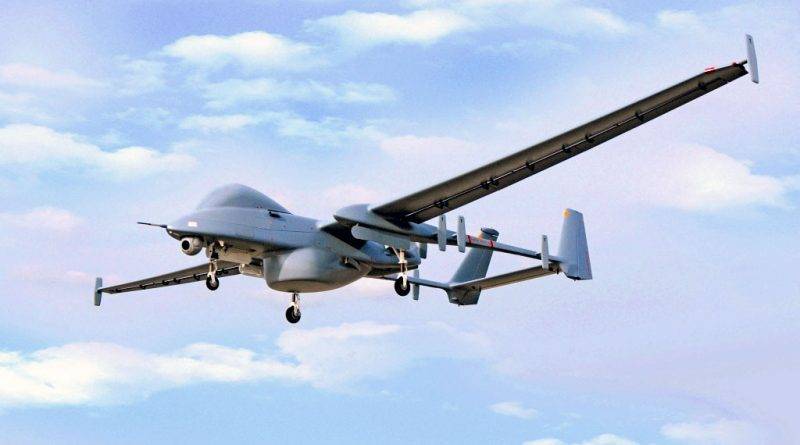In the modern era, technology has taken center stage in transforming industries, and utility inspection is no exception. The integration of drone utility inspection has presented a revolutionary way to enhance safety and efficiency. Whether it’s power lines, pipelines, or other critical infrastructures, drones offer a multitude of benefits that make them indispensable in today’s inspection protocols. These unmanned aerial vehicles (UAVs) are equipped with cutting-edge technology, including high-resolution cameras and sensors, that facilitate comprehensive assessments of utilities.
Enhancing Safety Through Technology
Traditionally, utility inspections required human workers to physically access potentially hazardous areas, exposing them to risks such as falls, electrical shocks, and other threats. Drone utility inspection minimizes these risks by allowing technicians to perform inspections remotely. Drones can access hard-to-reach areas without putting human lives in danger. Additionally, drones provide real-time data, enabling swift decision-making and reducing the time workers spend in hazardous environments.

Efficiency and Accuracy
The precision offered by drone utility inspection technology is unmatched. Drones equipped with advanced mapping and imaging capabilities can capture detailed images that reveal even minor faults and issues. This level of accuracy was hard to achieve manually due to human limitations and environmental factors such as weather conditions. The ability to conduct inspections swiftly and accurately translates to expedited maintenance processes, significantly reducing downtime and improving overall operational efficiency.
Moreover, drones can be deployed repeatedly over time to track the wear and tear of utility assets, providing vital data for predictive maintenance. This proactive approach can prevent catastrophic failures that often result in costly repairs and outages.
Cost-effectiveness
Another noteworthy benefit of drone utility inspection is its cost-saving potential. While the initial investment in drone technology may seem substantial, it quickly pays off by reducing labor costs and the need for expensive equipment like cranes and helicopters. The efficiency and speed of drone inspections allow companies to allocate resources more effectively, opting for maintenance only when necessary based on accurate drone data.
Challenges and Considerations
Despite the advantages, transitioning to a drone-centric inspection model can pose challenges such as regulatory compliance, the need for skilled operators, and data management complexities. Training personnel to interpret and act on data collected by drones is crucial for maximizing the benefits of this technology.
Conclusion
As the utility sector continues to embrace technological advancements, drone utility inspection emerges as a pivotal tool for maximizing safety, efficiency, and cost-effectiveness. By prioritizing the integration of drones, companies not only protect their infrastructure but also enhance their overall operational capabilities in line with contemporary demands.
FAQs
- What types of utilities can be inspected by drones?
Drone inspections are applicable to various utilities, including electrical lines, gas pipelines, and telecommunications infrastructure. - Are drone inspections regulated?
Yes, drone operations are subject to regulations governed by aviation authorities, ensuring safety and compliance. - How do drones improve inspection accuracy?
With high-resolution cameras and advanced sensors, drones provide detailed imagery and data, surpassing manual inspection capabilities.